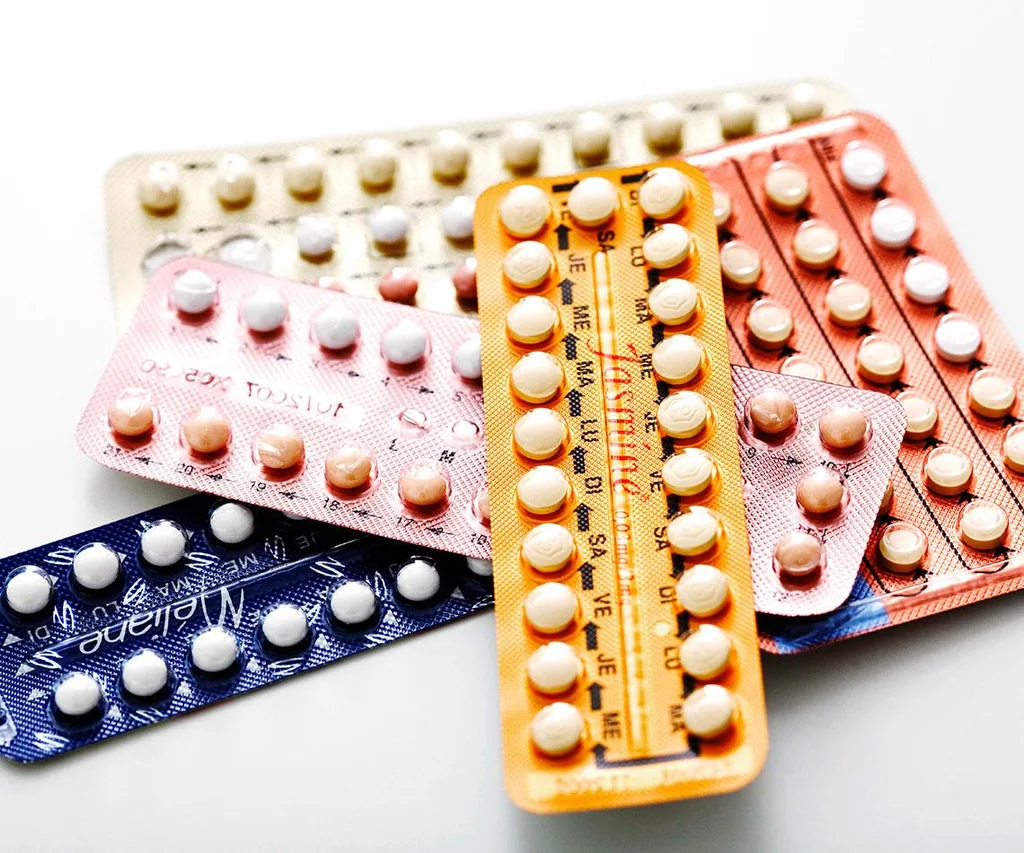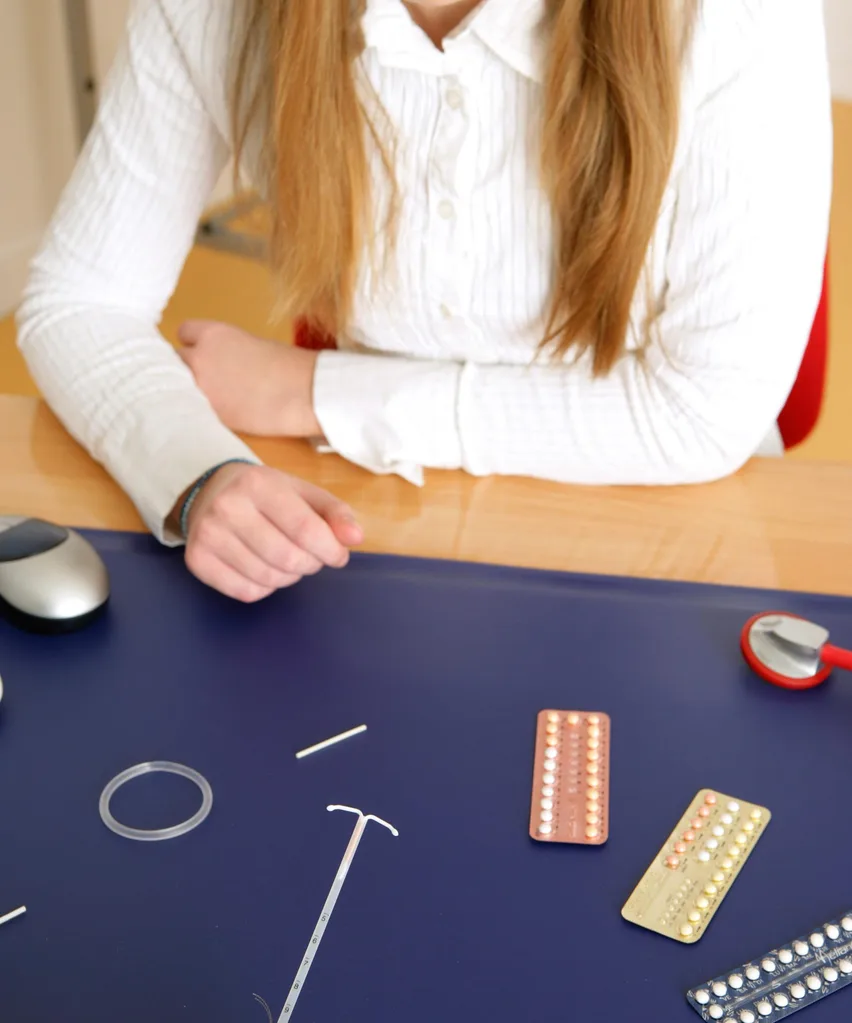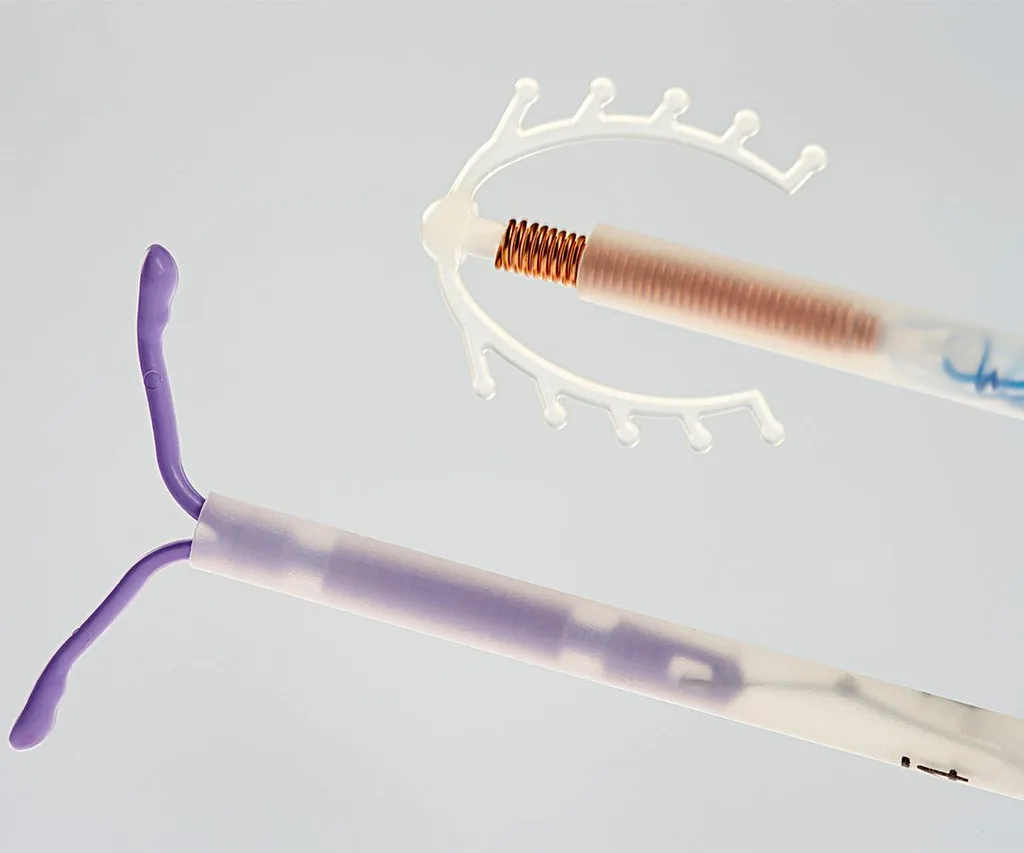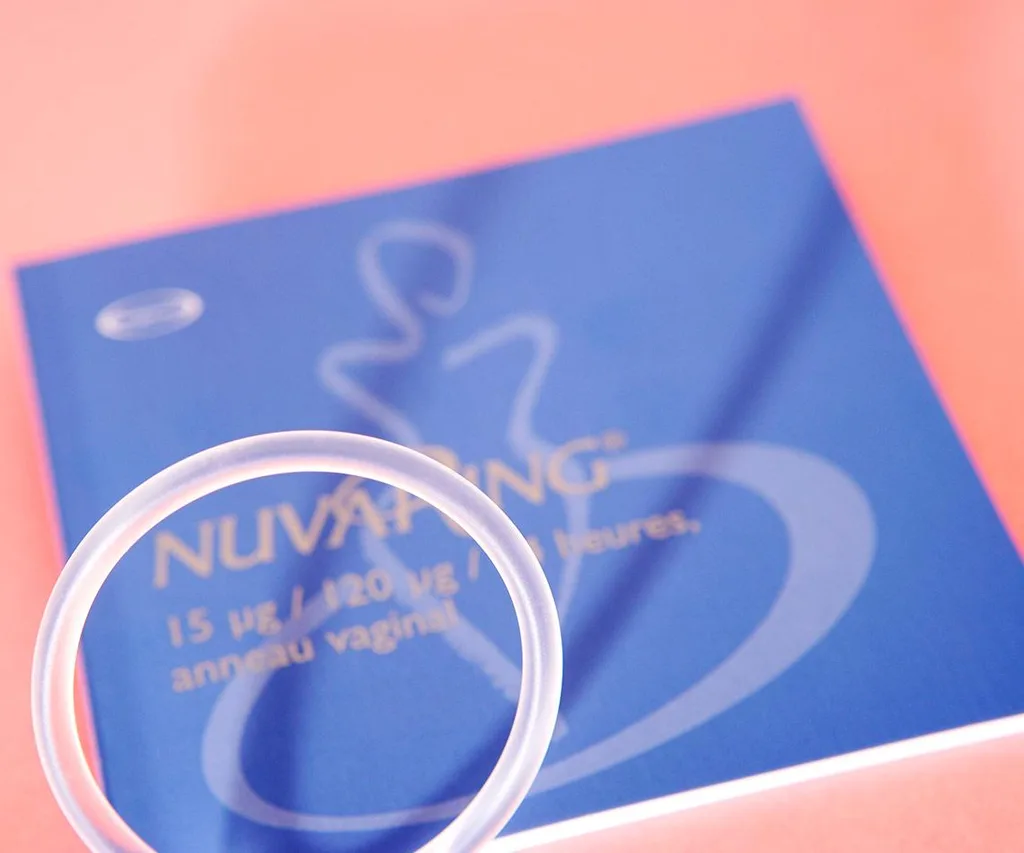In Australia, we are lucky to have access to a wide range of contraception options.
Every woman and every body will have different factors to take into consideration when it comes to choosing a method of birth control.
The method that works for you will factor down to things including your overall health, age, relationships and risk of contracting a sexually transmitted disease.
From condoms and diaphragms, to implants and IUDs, there’s a whole range of contraception options out there, all of which have pros and cons to contemplate.
Whether you’re looking for a long or short-term solution for yourself, a friend or even your son or daughter, it’s important to weigh up the many options before making a decision.
As always, we recommend a thorough discussion with your healthcare professional before making a decision, but below you’ll find rundowns on the 5 most common contraception methods.

There are many different types of contraceptive pills. Most women will have to try a couple before finding the one that suits them best.
The Pill
What is it? The combination pill contains both oestrogen and progesterone, which women produce naturally in their ovaries, whereas the progestogen-only pill or ‘mini pill’ contain no oestrogen and is safer for smokers, diabetics and women over 35.
What’s involved? The pill works by stopping the uterus from releasing an egg each month. In addition, it also makes the fluid at the opening to the uterus thicker, which stops sperm from getting through.
Pros and cons: Periods can become lighter, shorter and less painful. Some women on the pill also see a dramatic improvement in hormonal acne; however nausea, breast tenderness, headaches and increased appetite are all potential side effects.
Effectiveness: When taken at the same time every day, the contraceptive pill is more than 99% effective, however it should be noted that the pill does not give protection from sexually transmitted disease – nor does any of the below options.
This is why barrier methods such as the male and female condom are considered the most used method.

See that tiny rod? That’s the contraceptive implant.
Contraceptive Implant
What is it? About the size of a matchstick, a hormonal rod is placed under the skin at the inner side of the upper arm. It contains etonogestrel, a progesterone-like hormone that releases slowly over time to stop ovulation.
What’s involved? After a local anaesthetic, a specially trained doctor will insert the implant under the skin. You won’t see it, but like the pill, it works by making the fluid at the opening to the uterus thicker, stopping sperm from getting through.
Pros and cons: You won’t need to remember to take a pill every day and the implant can make periods less painful, however some women experience irregular bleeding.
Effectiveness: The contraceptive implant can last up to three years and is nearly 100% effective.

There are two types of IUDs. Talk to your GP to discover which will suit you best.
Hormonal and copper IUD
What is it? An IUD (intrauterine device) is a small device inserted into the uterus or womb that helps change the way sperm moves and survives, which in turn stops it from reaching and fertilising the egg. There are two types of IUDs available in Australia; the copper IUD and the hormonal IUD.
The copper IUD is a small plastic device with copper wrapped around its stem, whereas the progestogen IUD is a T-shaped device with a cylinder containing progestogen around its stem.
What’s involved? The procedure of having an IUD placed is similar to that of a pap smear. The device is inserted into the uterus through the vagina before the string is cut to size, ensuring a comfortable fit. The procedure should take around 10 minutes.
Pros and cons: Although the upfront cost of having an IUD placed can seem on a pricier side, in the long-term an IUD is one of the cheapest options of contraception. It can, however, cause irregular bleeding and in rare cases can increase the risk of miscarriage.
Effectiveness: Both the copper and hormonal IUD are more than 99% effective and can stay in place for five to ten years.

The vaginal ring is inserted at home, much like a tampon.
Vaginal Ring
What is it? The vaginal ring or NuvaRing is a soft, plastic device that sits in the vagina, slowly releasing low doses of oestrogen and a progestogen which are the same hormones used in the pill.
What’s involved? From the comfort of your own home, the ring is inserted high into the vagina and left in place for three weeks before being removed for the fourth. A withdrawal bleed will occur much like that on the pill, and then a new ring will be inserted.
Pros and cons: The NuvaRing is a convenient alternative for those who have trouble remembering to take the pill, however there is potential for side effects including increased vaginal discharge, vaginal irritation, or infection.
Effectiveness: If used correctly, it is 99.7 per cent effective in preventing pregnancy.

Although not dangerous, the morning after pill should not be taken as a permanent method of birth control.
Emergency contraception
What is it? Emergency contraception or ‘the morning after pill’ is taken to prevent unplanned pregnancy after unprotected sex, if a contraceptive pill is missed or if a condom breaks.
What’s involved? The most common emergency contraception in Australia is a progesterone-only method which can be purchased over the counter at any pharmacy or chemist. Although colloquially the method is known as ‘the morning after pill’ it can actually be taken within three days of the unprotected sex, but the sooner the pill is consumed, the more effective it will be.
Pros and cons: It’s not common, but after taking emergency contraception some women might experience nausea, headaches or vomiting. It should also be noted that the morning after pill should be used as a backup plan, not as a regular form of birth control.
Effectiveness: When taken within 24 hours, emergency contraception is about 95% effective, but after 72 hours, that statistic drops to 89% and will continue to do so the longer you wait.


